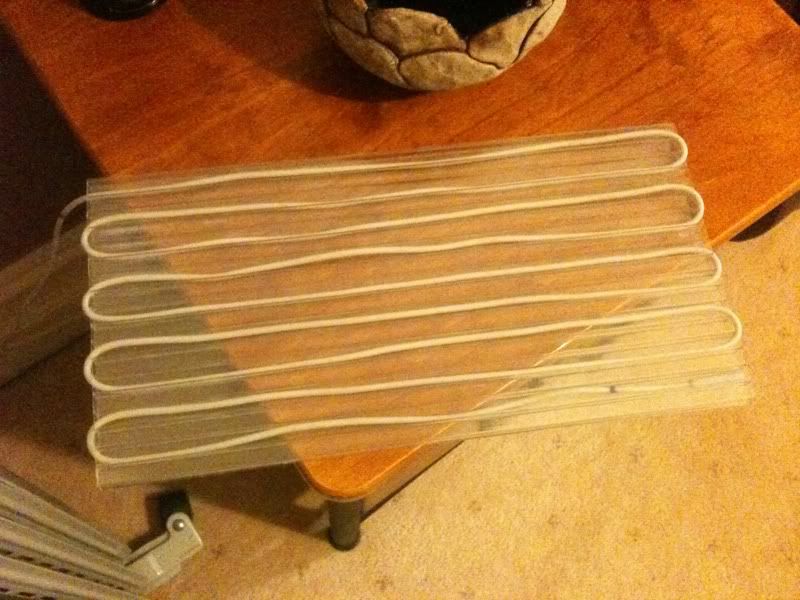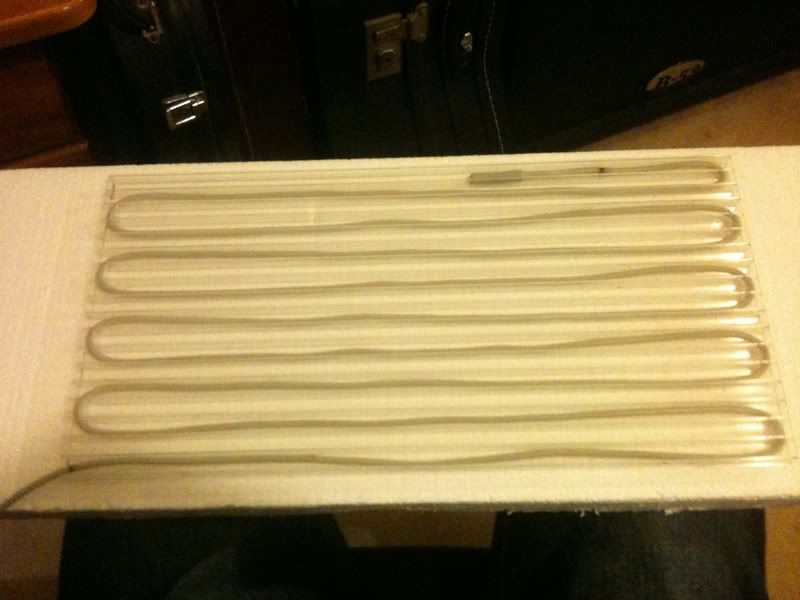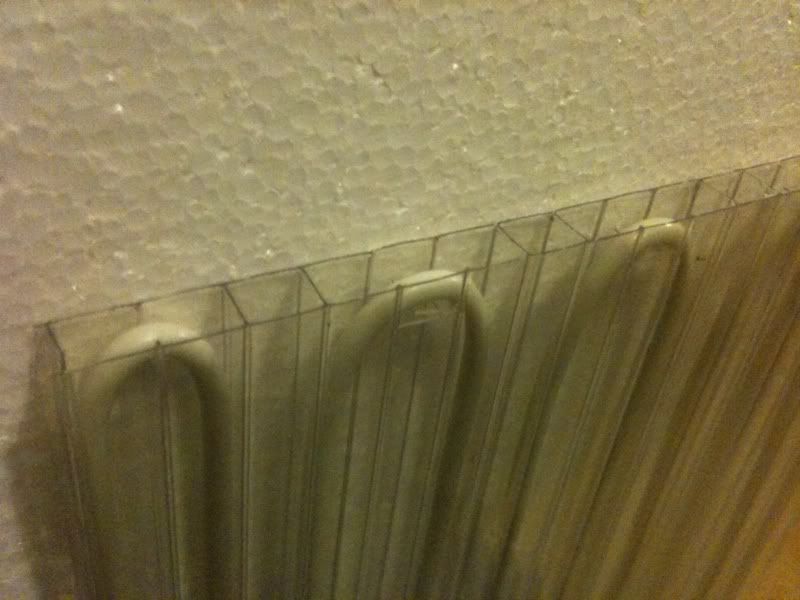J-A-X
Very Well-Known Member
Given the size of the average tile though Snow, it would still work out financially viable. Most of the tiles I use are 33cm square (I don't have a calculator handy but I'm sure someone can figure it out) plus you have the advantage of being able to make it any shape you want. Why do I always see these threads two days too late. !






